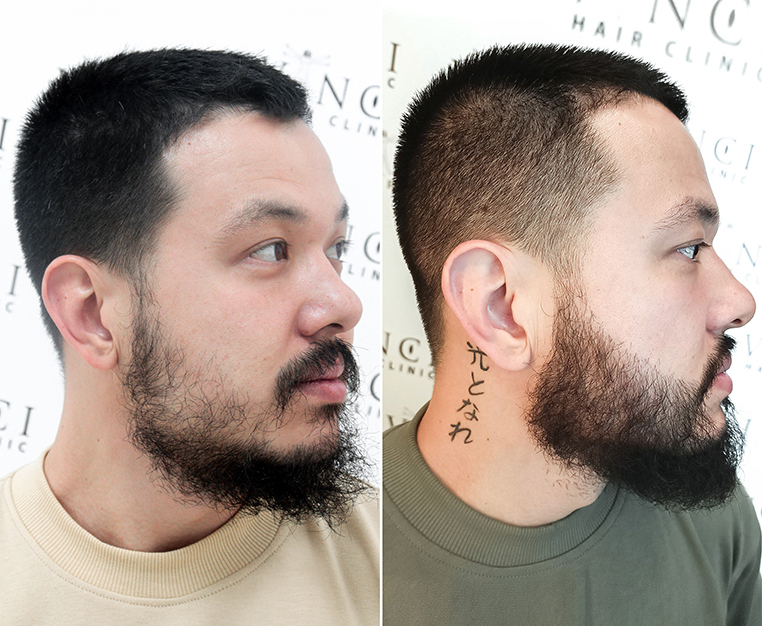Having a child in this world comes with two stark realities; one is many sleepless nights, and the second is postpartum hair loss. If you’ve had a child, you will be familiar with the fear-inducing experience of waking each morning to clumps of hair on your pillow. Also, you’ll be no stranger to seeing your beloved locks clogging the plughole each time you have a shower.
However, postpartum hair loss is a super-common side effect of childbirth. According to statistics, between 40% and 50% of new mothers experience postpartum hair shedding in the weeks and months following delivery. Read more to find out everything you need to know about the condition. You’ll also learn why it happens and some practical ways of dealing with it.
What Causes Postpartum Hair Loss?
Pregnancy comes with its unique ups and downs, as do the months, if not years, that follow birth. Pregnancy can also make your hormones seem like they’re on a roller coaster.
You may have noticed that your hair is uncharacteristically thicker during pregnancy. As soon as you give birth, it’s like a switch flips somewhere in your body and you start noticing excessive shedding. Here is the explanation for this phenomenon. As a result of the hormone level rises during pregnancy, your hair follicles enter a prolonged resting phase which pauses hair shedding. Once the hormones drop to their normal level after birth, sudden hair fall results may make it appear like you’re losing a lot more hair than usual.
Postpartum hair loss often presents as hair fall and thinning all over the scalp, making it difficult to conceal. Can you stop this excessive hair fall post-childbirth? Unfortunately, the answer is no, as it’s all part of your hair cycle trying to get back into rhythm.
No matter how frustrating it can be dealing with excessive hair shedding after you’ve just had a baby, the upside is that the condition is temporary. Most new mothers notice significant thinning and shedding in the two to three months after delivery, but within six months to a year, your hair will return to its pre-baby fullness.
Can I Treat Postpartum Hair Loss?
Diagnosing telogen effluvium is a simple procedure if you go to a hair loss expert or dermatologist. The pull test is the most common way of confirming telogen effluvium. Still, it’s not always necessary to rush to the doctor if your hair is falling out.
Telogen effluvium is a natural part of the postpartum process. However, you can still ensure your hair is thriving throughout this period. Below are a few hair tips to help you through this period and ensure healthy growth:
- Start using products which contain biotin for washing and conditioning your hair.
- Stay away from heating tools, including flat irons and curling irons.
- Take a multivitamin supplement but make sure you check with your doctor.
- Choose your hairstyle carefully and avoid tight styles like ponytails and braids.
- Eat a healthy diet and include lots of fruit and vegetables.
You may choose to use minoxidil to help with hair regrowth, but waiting for nature to take its course is what many dermatologists advise. You can still seek advice from hair experts. Yet, often the reassurance that everything is normal is enough to help many women deal with the hair loss.
Styling Tips When Going Through Postpartum Hair Loss
Since you can’t treat your way out of postpartum hair loss, what can you do to disguise thinning hair during this phase? Here are a few easy styling tips to help you conceal your thinning hair while waiting for it to start growing back.
Use hair accessories – accessorise to distract the eyes from your thinning mane and give them something else to focus on instead. Hats, decorative bands, headscarves and colourful hair clips can all transform your look.
Add artificial volume – volumising hairspray and mousse can both give your hair a big lift when you’re suffering from thinning hair. Apply your mousse to wet hair, and then use the hairspray when it’s nearly dry to create lift.
Add a dash of colour – carefully placed highlights can add the appearance of density to your thinning hair.
What If Thinning Continues?
If you are still experiencing hair shedding after a few months and are unsure what to do, you may need to visit a hair loss specialist. Although the hair should grow back eventually, sometimes this doesn’t happen and thinning continues well beyond 12 months.
Vinci Hair Clinics have offices in many cities worldwide, and if you are struggling with hair loss, we are here to help. Feel free to give us a call at Vinci Hair Clinic, or use the booking form to secure your free consultation space today.



